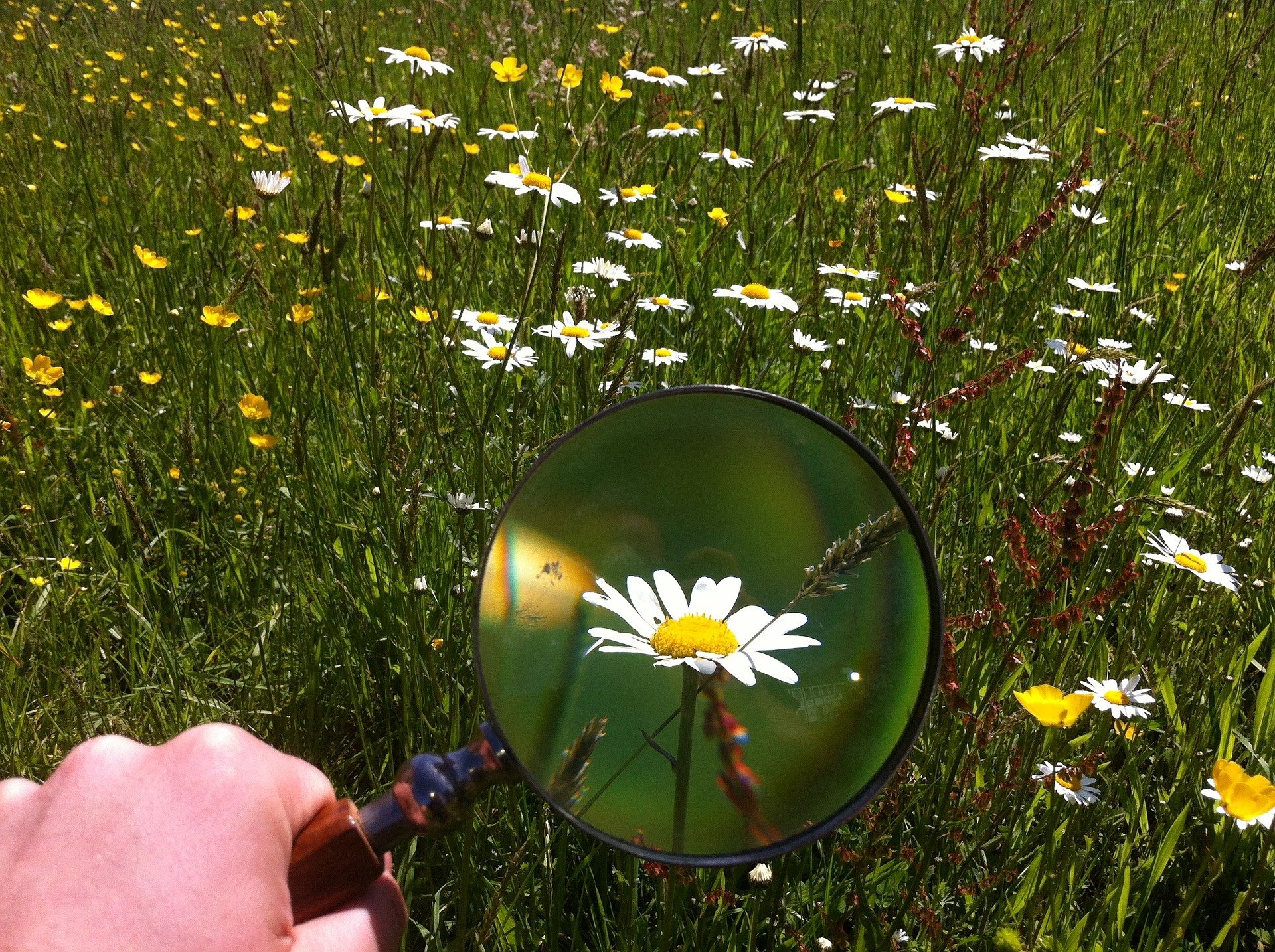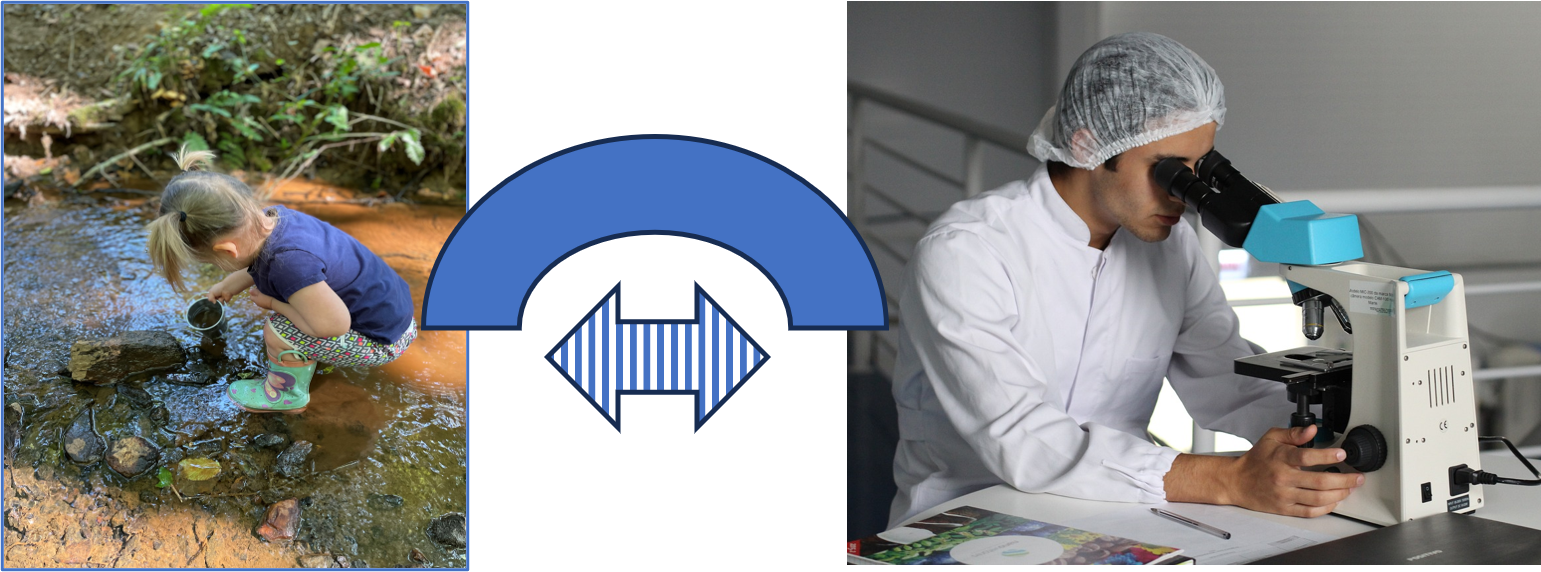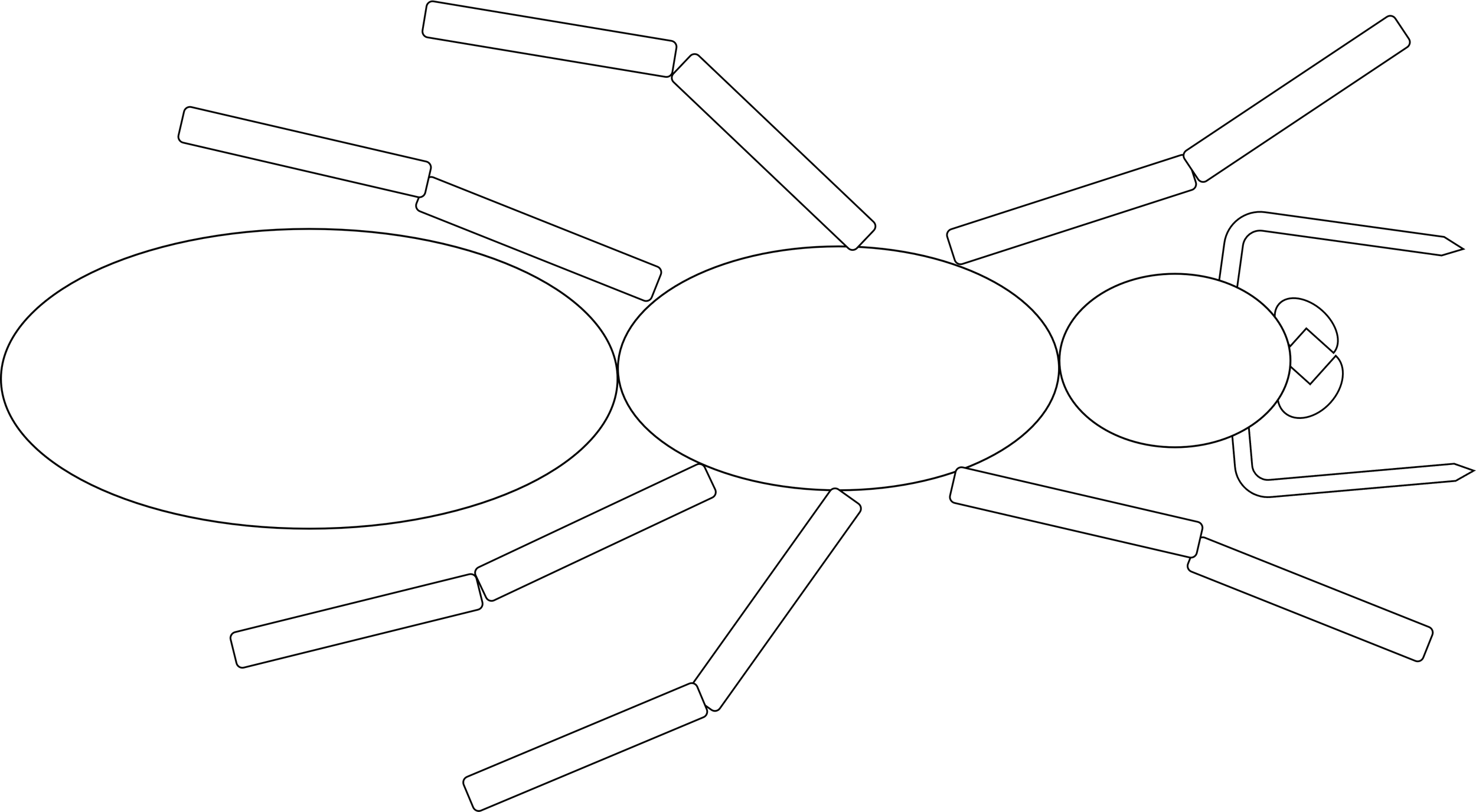
Tips, tricks, and resources
Check back regularly for resources that are added or updated.
Build healthy habits with citizen science
Citizen science is a branch of the scientific field that helps to bridge the gap between professional and amateur scientists by involving amateurs in professional, scientific research. The most common citizen science initiatives involve community members following an accessible protocol in order to collect and upload data (usually photos or count data of plants or animals) into a public database.
Mother Nature’s Gardens
Managing outdoor spaces with a diverse array of native plants can be more cost-effective, less time-consuming, and more rewarding than managing landscapes with non-native, even if beautiful, species.
Bonus: Gardens and managed landscapes provide innumerable opportunities to co-discover seasonality, life-cycles, and interactions with young learners.
This set of tools can help you think through and teach about diversity in time and space using your garden or available landscape.
Homegrown Ecosystem Study
In this exercise, we use a closed ecosystem to highlight some best-practice teaching strategies as well as demonstrate ways that nature studies can improve student skill development and learning outcomes.
But true learning is about active engagement. To really understand how these methods can work for you and your learners, wash out an empty jar of spaghetti and follow along!
Use Nature-Based Art to Teach Science, English, Math, and Coordination
Creative expression using outdoor materials can both stimulate and relax the mind. These templates can be used repeatedly as your child grows into new knowledge, habits, and skill.
Ways to use these:
Encourage discovery by allowing your children to find their own nature materials
Support development of motor skills by allowing children to place their own materials (whether or not they fit into the shapes on the page)
Encourage creative expression by supporting children’s choices of whatever and wherever items are placed
Use adjectives to describe all the items your child brings forth (describe with as many senses as are safe!)
Practice categorizing items and reinforce the concept of representation as items are placed on the template (e.g. sticks for legs, leaves for body segments)
Discuss body parts of the animals on the template and what sets them each apart (categorization) from the others
Encourage observation and retention by encouraging your child to find some animals that are like the templates (e.g. catch some bugs and ask what kind of animal they are and how your child knows)
Encourage retention and creative expression by using templates on different days and in different places
Count different body parts on each template and compare numbers.
Count the number of different animals of each type that you can find.
Stay safe from ticks
Central Virginia has one of the highest rates of Ehrlichiosis and alpha-gal syndrome in Virginia, both transmitted from the lone star tick, Amblyoma americana. And Lyme Disease is on the rise, thanks to the proliferation of the black-legged tick, Ixodes scapularis.
Regardless of whether you’ve been to one of our tick-related outreach events, these stand-alone resources can be checked periodically to remind you of precautions and resources for support.
Ticks have been historically viewed as a rural concern. However, the habitat range of ticks has been increasing over the past several decades, and ticks are known to be prevalent in urban backyards and parks, raising the prevalence of tick-borne diseases. Tick and pathogen encounters have outpaced reporting to state departments of health, limiting care providers’ abilities to test patients for tick-borne diseases.
Learn more about how we have teamed up with the Ecological Research as Education Network to study ticks across urban and rural landscapes.















